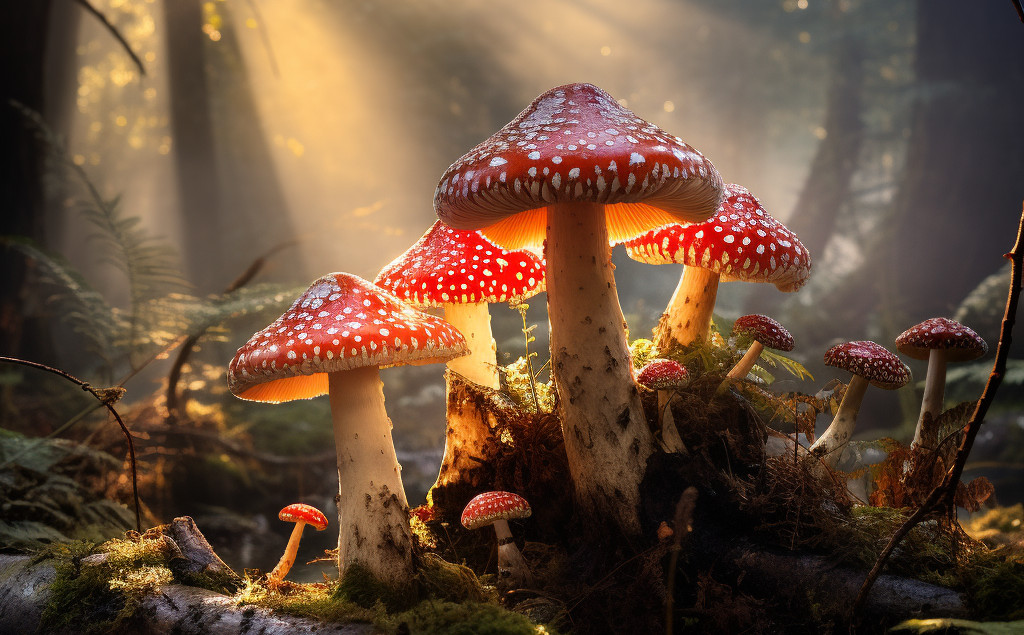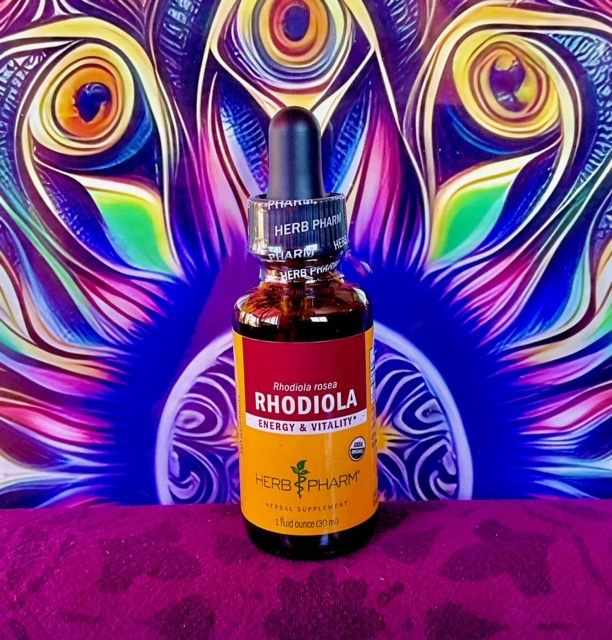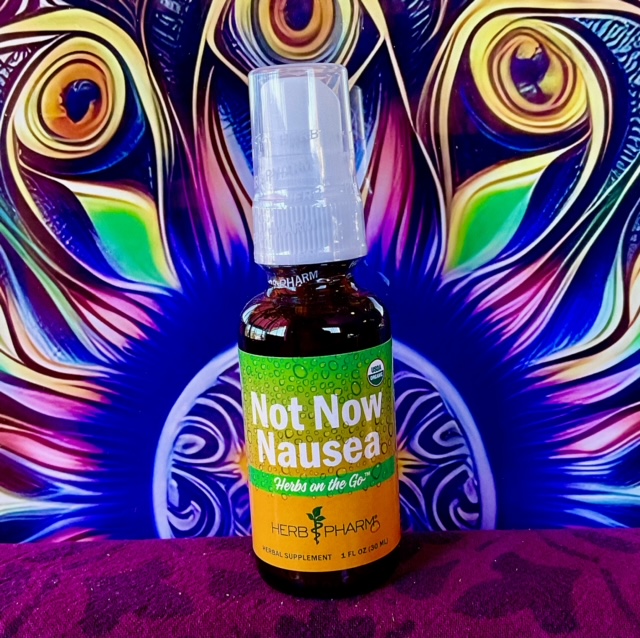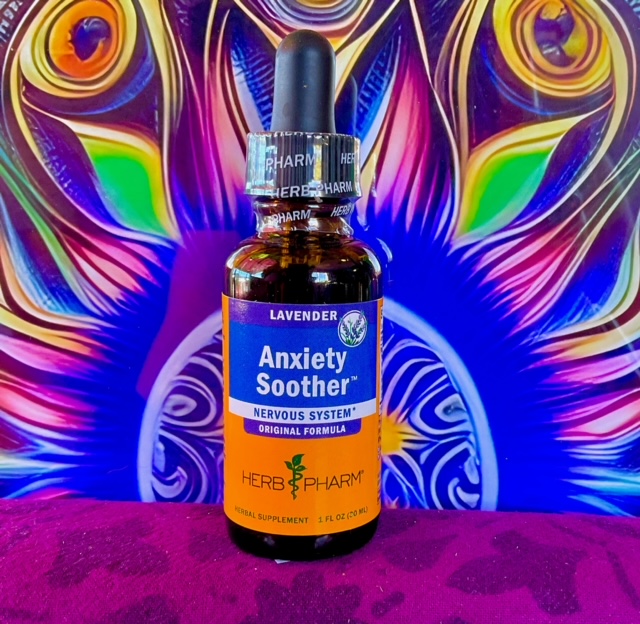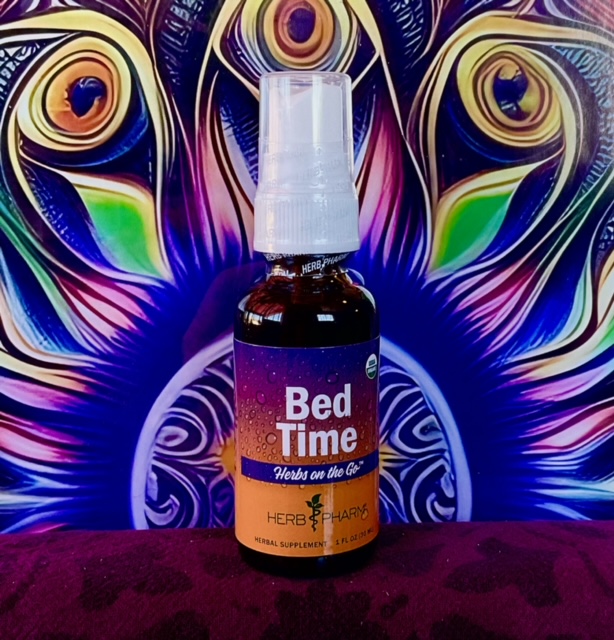Amanita muscaria, popularly known as the fly agaric mushroom, holds a fascinating cultural history and traditional use for its psychoactive properties. This post aims to delve into the safety of consuming Amanita muscaria when prepared properly, examine potential health benefits associated with its consumption, and reference relevant clinical studies to shed light on its safety and potential therapeutic effects.
- Introduction:
Amanita muscaria, renowned for its striking red cap adorned with white spots, has been treasured for centuries in various cultures for its psychoactive properties. This paper seeks to provide an optimistic understanding of the safety and potential health benefits linked to Amanita muscaria consumption. - Preparation Methods:
Proper preparation techniques for Amanita muscaria are crucial to maximize its potential benefits and minimize potential risks. Traditional methods, including sun-drying, parboiling, or fermenting, have been employed by indigenous cultures to reduce the concentrations of potentially toxic compounds. These methods aim to convert ibotenic acid into the less toxic muscimol, thereby enhancing the safety profile of Amanita muscaria consumption. - Safety Considerations:
A. Transformation of Toxic Compounds: Ibotenic acid, naturally occurring in Amanita muscaria, can have neurotoxic effects and gastrointestinal discomfort. However, through decarboxylation, ibotenic acid can be converted into muscimol, a compound known for its sedative and anxiolytic properties. Proper preparation techniques effectively minimize the presence of ibotenic acid, ensuring a safer consumption experience.
B. Individual Variations: As with any substance, individual sensitivity to Amanita muscaria may vary due to factors such as body weight, metabolism, and underlying health conditions. Adjusting dosage accordingly and maintaining moderation are essential, particularly for individuals who are new to its consumption.
C. Allergic Reactions: Although rare, allergic reactions to Amanita muscaria have been reported. Individuals with known allergies to mushrooms or related species should exercise caution and seek professional guidance. - Clinical Studies:
While the number of clinical studies specifically focusing on Amanita muscaria is limited, research examining the effects of muscimol, the primary psychoactive compound in the mushroom, provides valuable insights. These studies have highlighted the potential therapeutic benefits of muscimol, including sedation, anxiolysis, and analgesia. Further controlled research is warranted to establish the safety and specific health benefits of Amanita muscaria consumption. - Traditional and Cultural Significance:
Amanita muscaria has held significant cultural and traditional value, particularly in religious and shamanic ceremonies. Its historical use within these contexts highlights its potential for spiritual and introspective experiences. It is essential, however, to approach the traditional knowledge with caution and adapt it to modern contexts, incorporating proper preparation methods and informed usage practices.
When properly prepared, Amanita muscaria consumption can be a potentially safe and enriching experience, accompanied by potential health benefits. Adequate preparation techniques contribute to minimizing potential risks associated with toxic compounds. While clinical studies are limited, anecdotal evidence and research on muscimol support its therapeutic potential. Individuals considering Amanita muscaria consumption should exercise responsible usage, seek expert guidance, and be aware of individual variations and potential allergic reactions.


